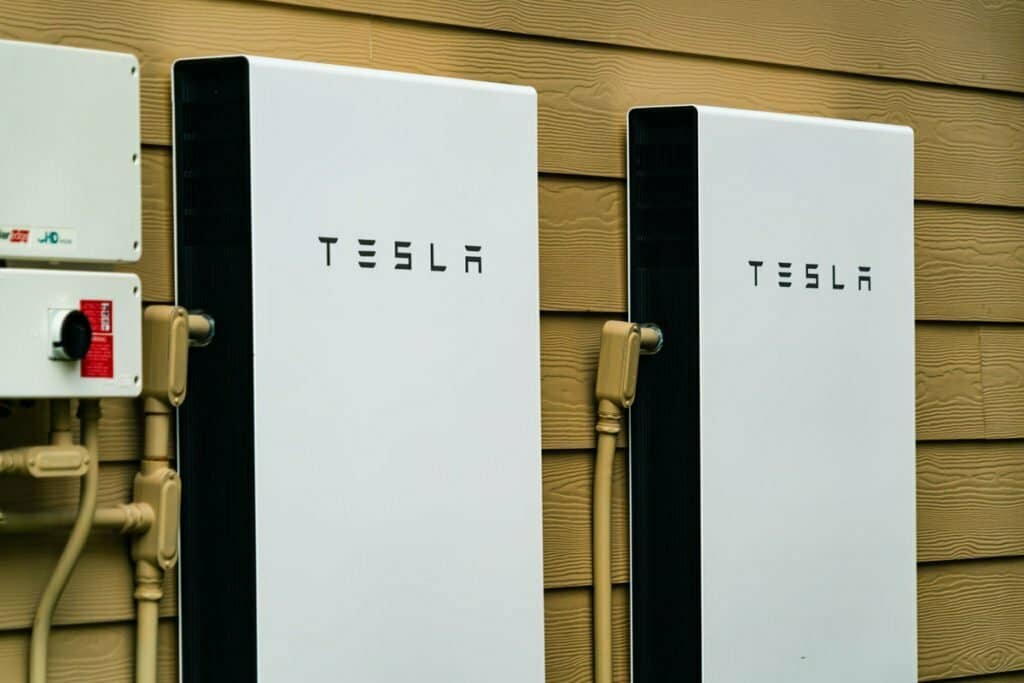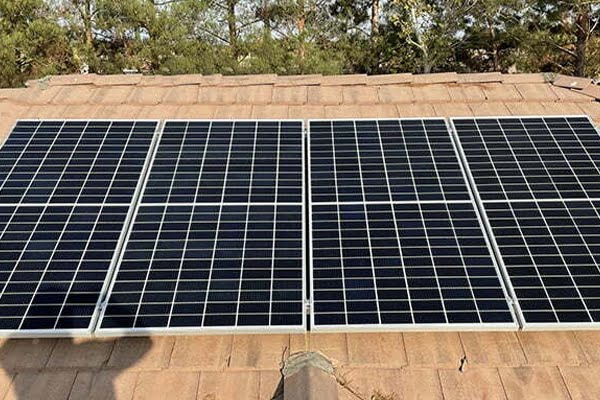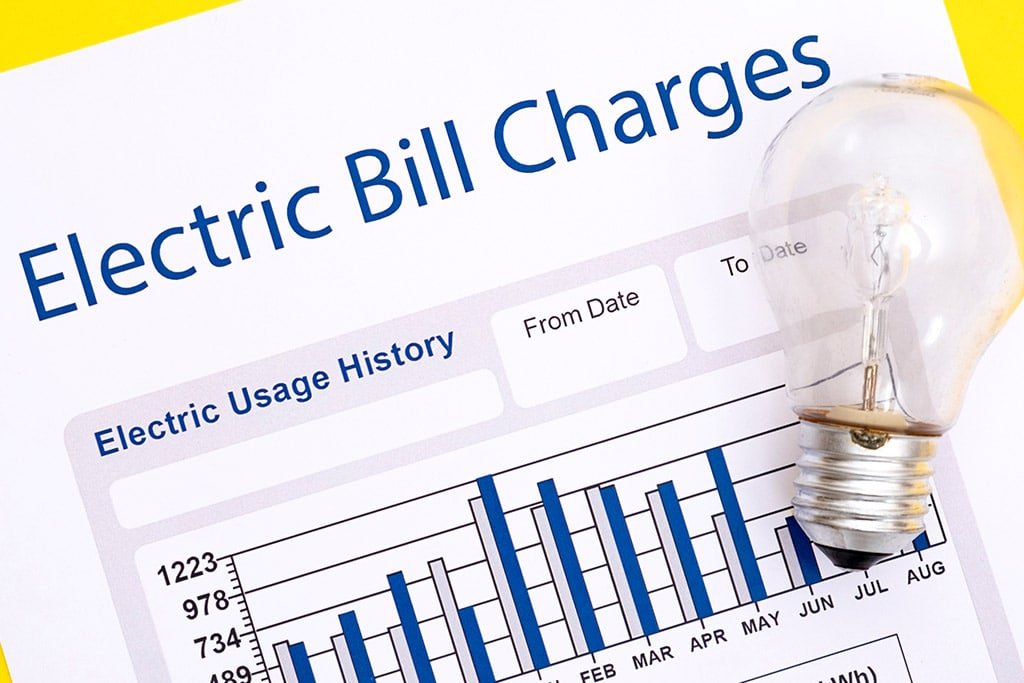After switching to solar, the next station for solar-friendly people is installing a backup battery. Such batteries store the energy from solar for later use, for example, at night or during power outages. Tesla powerwall with the main panel, backup gateway and backup load subpanel form integrity that provides you with energy during power outages.
Less or ideally no dependence on the grid, clean and secure energy: this is the lifestyle that storage batteries ensure. However, the intensity of this independence mostly depends on whether you will go for a partial or whole backup system. When you ask the consultant, “How many Tesla Powerwall do I need for my home?” be ready for the comprehensive questions you will likely get because if you want one short answer, then it will probably be “It depends!”

Do you want off-grid energy independence or just a backup for a few hours during outages? If you choose one of these, what is your average annual energy consumption? How many people live in your house? What is your geographical and climatic condition? ( In hot areas, for example, you need to set your AC higher, which is one of the main reasons for high energy consumption). All of these insights are important. The consultants can’t estimate how many batteries you need based exclusively on one factor.
Let’s Take The House Size
A 5000 square foot house can be occupied by a couple who consumes 1500 kWh per month. Similarly, a smaller 1800 square foot house can be occupied by a large family, which consumes 3000 kWh per month. That is to say, a 3 times smaller house can consume 2 times more energy. It follows that calculating energy needs based on only one factor, such as house size is misleading.
You can either go to an essential, partial or whole home backup system when you buy backup batteries. We will look through them only by one.
Essential Home Backup System
There is a power outage, the grid has stopped running and you need support for a few of your everyday appliances. Now let’s take the example of an average home that consumes 2200 kWh, almost equal to 75kWh per day. A family of four will need 1 battery for such essential loads as TV, basic house lights, fridge, microwave and other 120V appliances. For such a family, 1 Tesla powerwall, which provides 13.5 kWh per day, will supply electricity for 4-6 hours during an outage or when the electricity is on-peak.
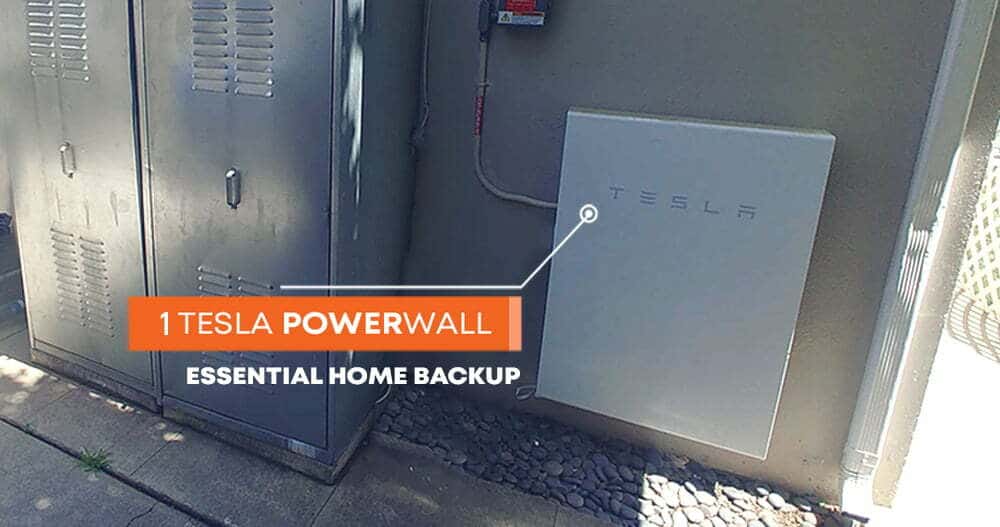
Partial Home Backup System with 2 Batteries
Now let’s expand the homeowner’s energy needs from basic to average. If besides essential loads, the family also wants to turn on AC they will need 2 Tesla powerwalls. These 2 batteries will back up essential loads and other major appliances such as a compatible air conditioner, electric range, compatible well pump and Tesla EV charging.
Whole Home Backup System with 2 Batteries
With the Tesla Powerwall app, you can configure the settings to “go off-grid” to simulate the off-grid experience and understand if your powerwalls will back up your daily loads or not. Depending on your house size and daily energy consumption, even two batteries may be enough for the whole backup system.
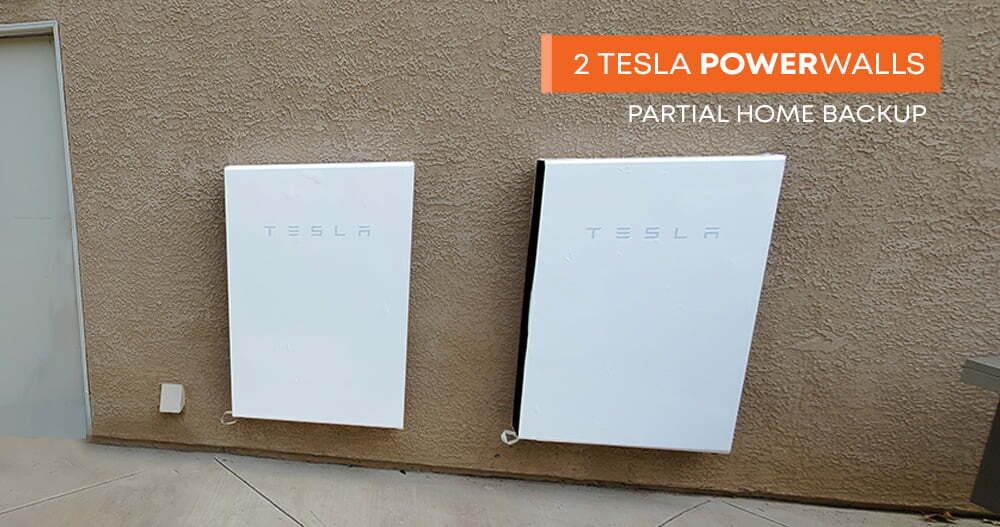
Let’s take the same example of a 2600 ft square house where a family consumes moderate energy and does not overload the appliances. With such average energy needs, they can do whole house backup with 2 Tesla Powerwalls. They will be enough for such essential and non-essential loads like microwave, outdoor spa, AC, dishwasher, indoor lighting, EV charger and all other major appliances. To sum up, two Tesla Powerwalls can provide both partial and whole home backups based on the abovementioned factors.
Whole Home Backup system
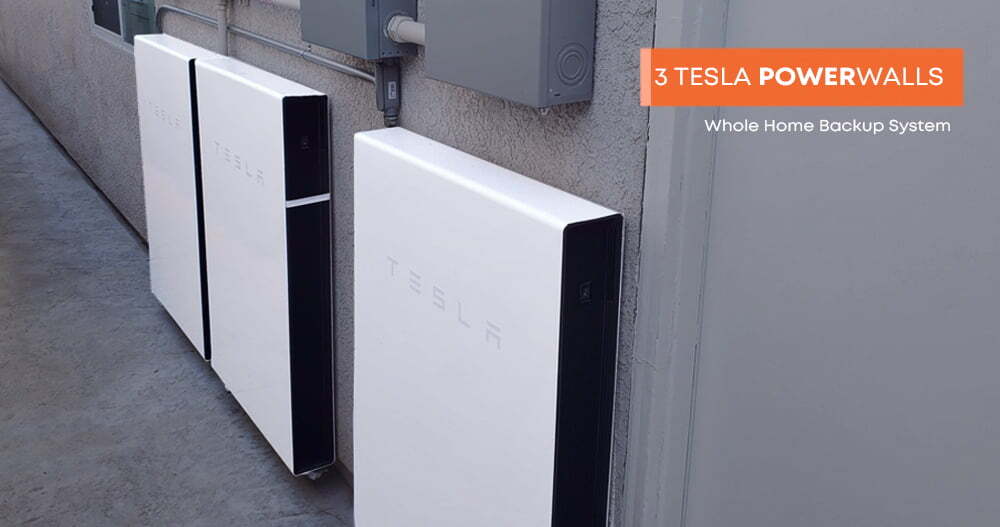
Suppose your solar system is off-grid and you want a whole home backup. You will need three or more backup batteries for the whole house in most cases. They will be enough for essential loads and such large appliances as a central A/C, electric range, off-grid vehicle charging, electric dryer, electric water heater, pool equipment, etc.
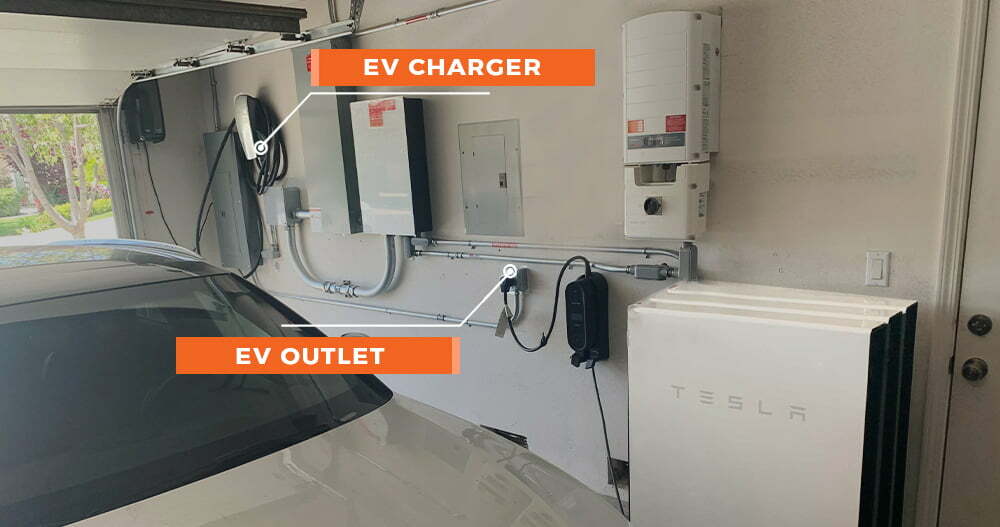
To conclude, the quantity of the backup batteries depends on such factors as your energy needs, average energy consumption, the size of your family, as well as geographical and climatic conditions. Another critical factor is whether you want to go off-grid with your solar system and backup batteries or stay grid-tied.
Final Notes
If you have a house bigger than 2600 sq ft or above-average energy consumption, consider installing at least 3 Tesla Powerwalls for the whole home backup system. Consultants will request complete information to calculate how many batteries you need for the partial or whole home backup system when you decide to install backup batteries. One thing is for sure. After switching to solar, storage battery is an investment that is worth it to reduce the dependence on the grid or make it down to zero.


